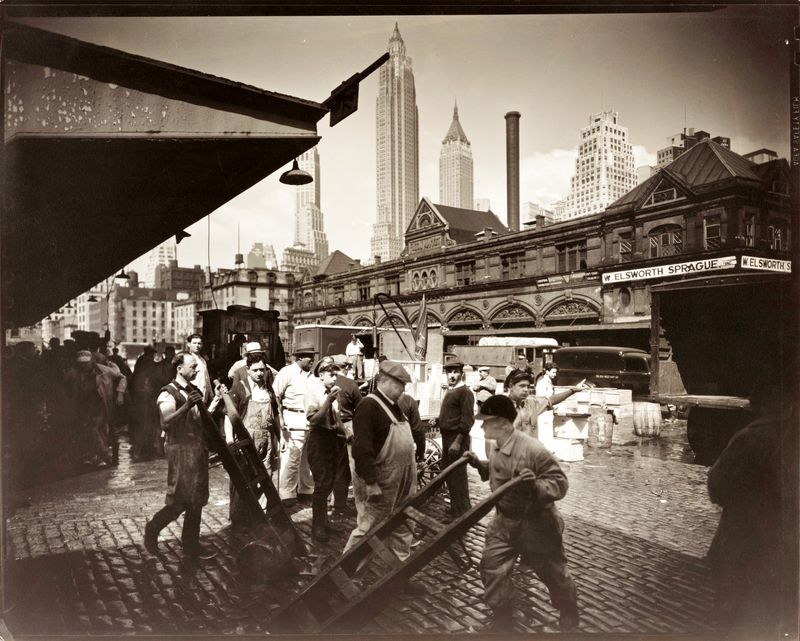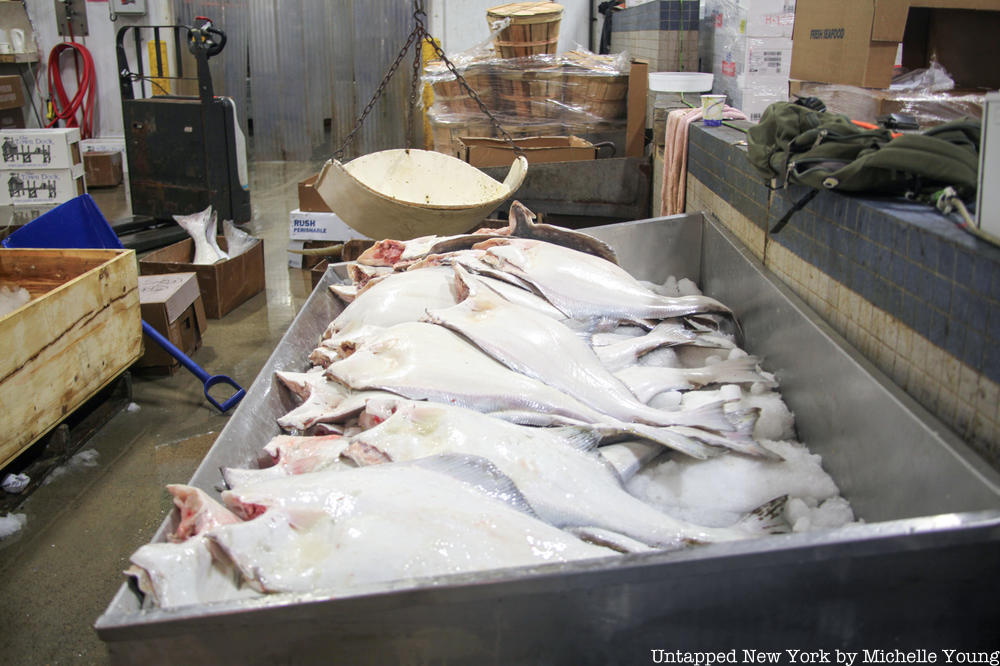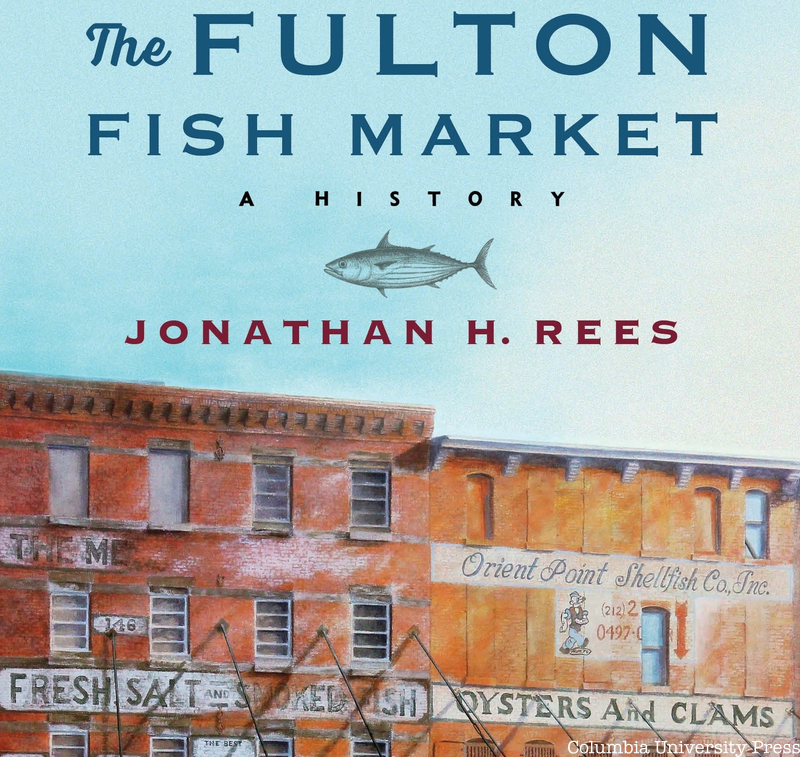
The Fulton Fish Market, the largest collective of seafood wholesalers in the United States, has a long and storied history that spans from 19th-century Lower Manhattan to the modern-day Bronx. In his new book The Fulton Fish Market: A History, author Jonathan Rees takes a look back at the market’s evolution. Covering topics from the influence of organized crime and advancements in technology to the city’s infrastructure and the development of the South Street Seaport historic district, Rees’ book explores how an everchanging New York City affected the fish market and how the fish market adapted to those changes, overcoming various cycles of failure and success to continue thriving to this day. We revisited our 2019 visit as well as consulted Rees and his book to bring you our favorite secrets of the Fulton Fish Market:
On January 5th, join Untapped New York Insiders and author Jonathan Rees for a virtual talk on the history of the Fulton Fish Market! This event is free for Untapped New York Insiders. If you’re not an Insider yet, become a member today (and use the code JOINUS to get one month free).
1. The Fulton Market didn’t always sell only fish

The original Fulton Market Market along the East River didn’t always sell only fish. The market opened on January 22, 1822, and catered to customers from Manhattan as well as those coming from Brooklyn and Long Island via the ferry. 19th-century shoppers could purchase all types of food items, from meat and poultry to fruits and vegetables. The Fulton Market was just one of many general food markets operating throughout New York City at the time. It wasn’t until 1869 that the fish sellers would get their very own permanent building.
It took decades for the Fulton Market to transform into the Fulton Fish Market. The change happened gradually until all of the other retail grocers left and only the wholesale seafood market remained. Many factors contributed to this shift. One major factor was the diversion of people away from the ferries. The Fulton Ferry stop was initially a benefit of the market’s location because it led to high foot traffic. However, once the Brooklyn Bridge was completed in 1883, fewer people used the ferries. By 1924, the ferry dock was closed.
Another change was the expansion of Manhattan northwards. Residents who did their usual grocery shopping at the market moved further uptown and the area became less residential. With the growth of different neighborhoods, more local grocery stores popped up closer to homes. Eventually, after the other vendors left, the market “became an internationally recognized place for buying and selling seafood of all kinds.” The Fulton Fish Market was the only place in New York City where seafood could be bought wholesale.






